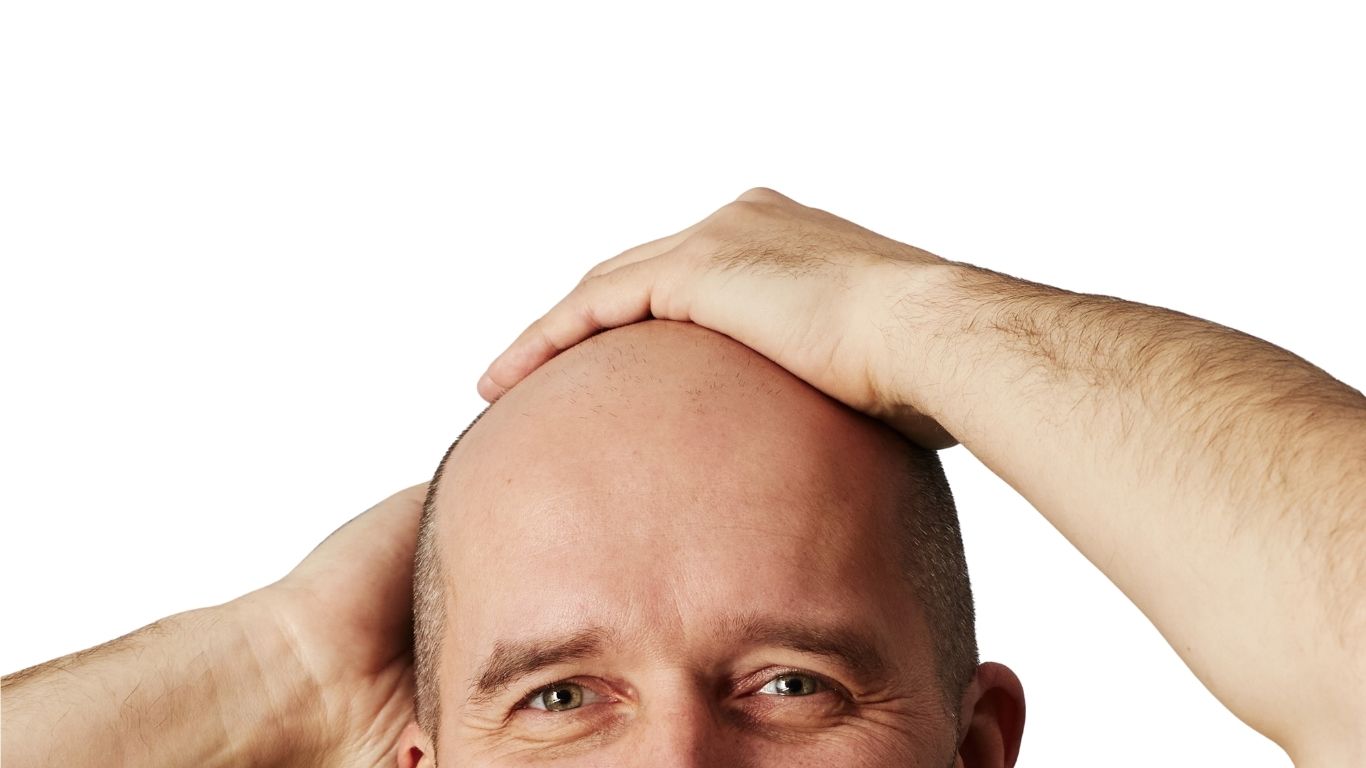Shaving your head can feel liberating, but it comes with its own challenges—especially when it comes to folliculitis. This condition can arise from irritation, improper shaving techniques, or lack of proper preparation. Don’t worry! This article shares effective tips and techniques to prevent discomfort and optimize your shaving experience. Whether you're a seasoned head shaver or just starting out, you'll find valuable insights here. Learn how to protect your skin, choose the right products, and apply proper shaving methods to achieve a smooth, irritation-free scalp. Get ready for a comfortable and confident shave so you can fully enjoy your new look.
What Is Folliculitis?
Folliculitis is the inflammation of hair follicles—the small cavities in the skin from which hair grows. It can occur anywhere on the body where hair follicles are present, including the scalp. When shaving your head, follicles can become irritated and infected by bacteria, fungi, or viruses, leading to painful, itchy, and inflamed areas.
Folliculitis ranges from mild to severe. Mild cases often appear as small red bumps resembling pimples, while severe cases can result in large, painful, pus-filled boils. Besides being uncomfortable, it can also be aesthetically disruptive, especially if you're aiming for a clean-shaven look. Understanding the causes, symptoms, and preventive measures is essential for managing folliculitis effectively.
Although folliculitis often resolves on its own, it can become chronic or lead to complications like scarring. That’s why it’s important to take preventive steps and know how to care for your scalp after shaving. This guide helps you prevent and treat folliculitis so you can confidently rock your bald look.
Causes of Folliculitis When Shaving
- Dull or dirty razors: Using a blunt blade requires more pressure, irritating the skin and follicles. Dirty razors can introduce bacteria, causing infections.
- Shaving against hair growth: While this may give a closer shave, it can damage follicles and lead to ingrown hairs, which trigger inflammation.
- Poor preparation and hydration: Dry shaving or skipping shaving cream/gel can irritate the skin and damage follicles. Proper prep and hydration are key.
Symptoms of Folliculitis
- Small red bumps resembling pimples
- Itching or burning sensation
- Pus-filled bumps in severe cases
- Pain, swelling, and warmth in affected areas
- Potential scarring if untreated
Preparing for a Safe Shave
- Cleanse your scalp with warm water and a gentle cleanser to remove dirt and oil.
- Apply shaving gel or foam designed for sensitive skin or head shaving.
- Use a clean, sharp razor—replace dull blades and consider multi-blade razors for smoother results.
Proper Shaving Techniques
- Shave with the grain to reduce irritation and ingrown hairs.
- Use short, light strokes and avoid going over the same area repeatedly.
- Rinse the razor frequently.
- After shaving, rinse with cold water to close pores and calm the skin.
- Pro tip: use a soothing cleanser like Bald& Headwash before closing pores.
Recommended Products
- Shaving gel/foam with aloe vera, chamomile, or vitamin E
- Pre-shave oil for added protection and smoother shaving
- Alcohol-free aftershave balm with chamomile, calendula, or aloe vera
Post-Shave Care
- Apply a cold compress to reduce inflammation.
- Use a light, non-comedogenic moisturizer with ingredients like aloe vera or hyaluronic acid.
- Protect your scalp from the sun with SPF or a hat.
- Try Bald& Day Cream for daily hydration and soothing care.
When to See a Doctor
- If symptoms worsen or don’t improve after a few days
- If you experience severe pain, large pus-filled boils, or fever
- If folliculitis recurs frequently, consult a dermatologist for tailored advice
Tips to Prevent Folliculitis
- Keep razors clean and sharp
- Shave with the grain
- Use suitable shaving products
- Hydrate and protect your skin post-shave
- Avoid tight headwear
- Maintain a healthy diet and hydration
Conclusion
Shaving your head can be empowering, but it’s crucial to use the right techniques and products to prevent folliculitis. Prepare your skin properly, use clean and sharp razors, and follow up with soothing care. Know when to seek medical help and enjoy a smooth, confident look with minimal irritation

0 comments